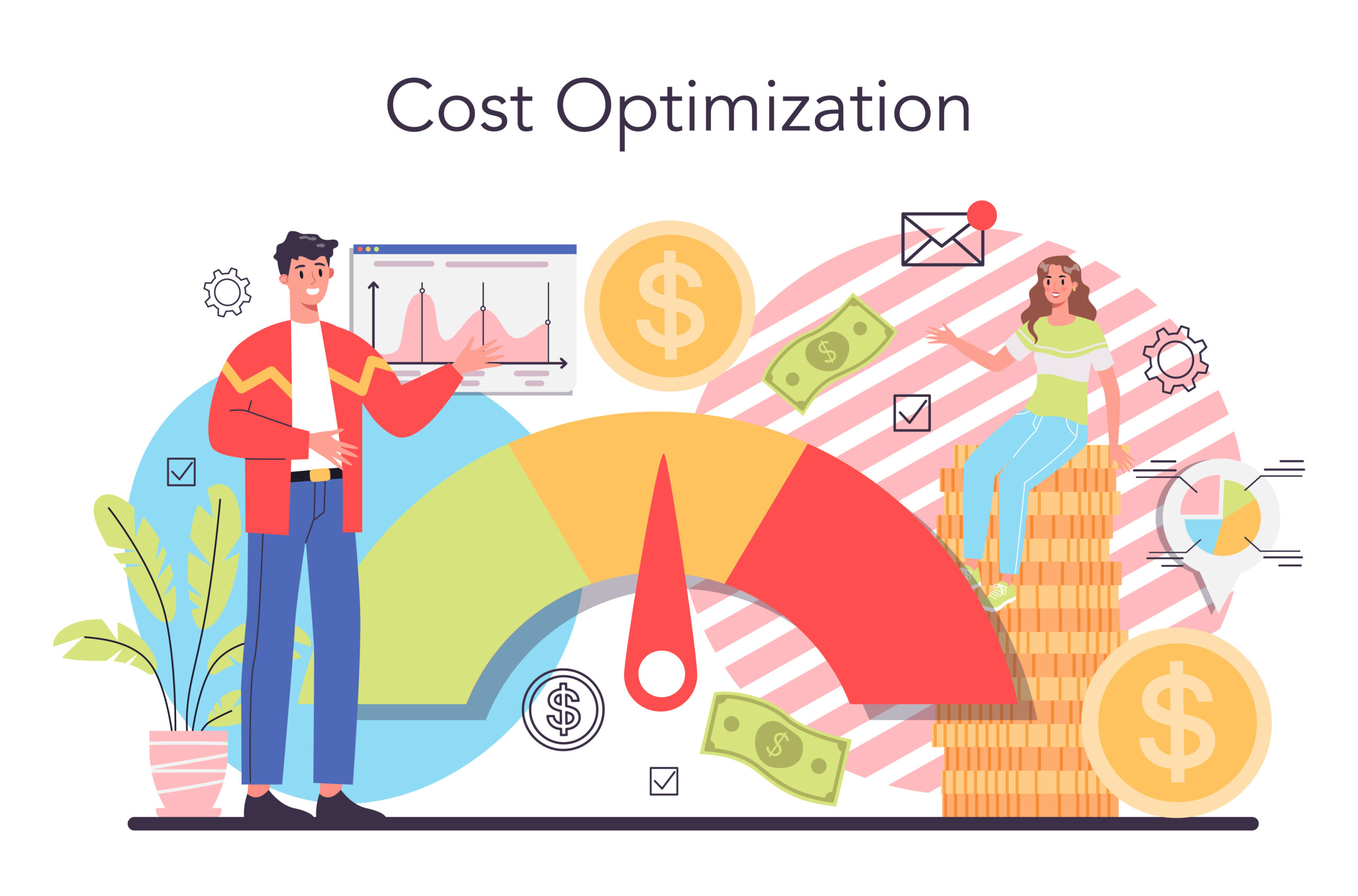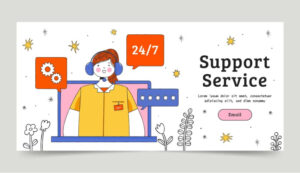Customer Acquisition Cost (CAC) represents the total cost of acquiring a single customer. This cost includes expenses related to advertising and marketing efforts. Companies must understand CAC to ensure efficient customer acquisition efforts. Businesses often aim for a low CAC to maximize profitability. The cost of acquiring customers varies by industry, with an average customer in digital marketing costing around $140. QuickCEP, emphasizes the importance of balancing costs with customer lifetime value. By managing CAC effectively, businesses can achieve sustainable growth and improve their overall marketing strategies.
Understanding Customer Acquisition Cost

Definition and Importance
What is Customer Acquisition Cost (CAC)?
Customer Acquisition Cost (CAC) represents the total cost of acquiring a new customer. Businesses must account for advertising, marketing, and sales expenses when calculating CAC. This metric provides insight into how much investment is needed to attract a single customer. Companies use CAC to measure the efficiency of their acquisition strategies. A lower CAC often indicates more effective marketing efforts.
Why businesses should care about CAC
Businesses need to focus on CAC to ensure sustainable growth. High CAC can drain resources and reduce profitability. By understanding CAC, companies can optimize marketing strategies and allocate resources effectively. Analyzing CAC helps improve return on investment (ROI) by highlighting areas that need adjustment. A well-managed CAC leads to better financial health and long-term success.
Calculating Customer Acquisition Cost
Formula to calculate customer acquisition cost
To calculate customer acquisition cost, divide the total marketing and sales expenses by the number of new customers acquired. This formula provides a clear picture of the cost per customer. Businesses must ensure accurate data collection to avoid skewed results. Correct calculation of CAC is crucial for making informed decisions.
Examples of CAC calculation
Consider a company that spends $10,000 on marketing and gains 100 new customers. The CAC would be $100 per customer. Another example involves a business with $50,000 in acquisition costs and 500 new customers. Here, the CAC equals $100 as well. These examples illustrate how different scenarios impact the cost of acquiring customers. Accurate calculation ensures businesses understand their financial efficiency.
The Significance of Customer Acquisition Cost
Evaluating Marketing Efficiency
How CAC impacts marketing strategies
Customer Acquisition Cost (CAC) plays a crucial role in shaping marketing strategies. High CAC can indicate inefficient marketing efforts. Businesses must focus on reducing CAC to improve profitability. Lowering CAC allows for more budget allocation to other growth areas. Efficient marketing strategies result in a lower CAC, leading to better financial outcomes.
Ideal CAC to LTV ratio (1:3)
The CAC to LTV ratio is a vital metric for evaluating business health. An ideal ratio of 1:3 means that for every dollar spent on acquiring a customer, three dollars are earned. This ratio ensures that the cost of acquiring customers remains sustainable. A higher ratio indicates more efficient customer acquisition. Companies with a strong CAC ratio often see quicker returns on investment.
Profitability and Business Growth
Role of CAC in profitability
CAC directly affects a company’s profitability. Lower CAC leads to higher profit margins. Businesses must monitor CAC to ensure that customer acquisition costs do not outweigh revenue. By optimizing CAC, companies can enhance their bottom line. Effective management of CAC results in increased profitability.
Long-term business growth implications
Customer Acquisition Cost impacts long-term business growth. High CAC can hinder expansion efforts. Companies must strive for a balanced CAC to support sustainable growth. A favorable CAC ratio enables reinvestment into business development. Businesses with well-managed CAC often experience steady business growth and success.
Related Metrics and Their Interaction
Customer Lifetime Value (LTV)
Definition of Customer Lifetime Value
Customer Lifetime Value (LTV) represents the total revenue a business expects from a single customer over the entire duration of their relationship. LTV provides insight into the long-term value that each customer brings to a company. Understanding LTV helps businesses make informed decisions about marketing budgets and strategies. Businesses can determine how much they should invest in acquiring new customers by knowing the potential revenue from each customer.
Interaction with Customer Acquisition Cost
The interaction between LTV and CAC is crucial for evaluating business profitability. A favorable CLV to CAC ratio indicates efficient customer acquisition strategies. Companies must ensure that the lifetime value of a customer exceeds the cost to acquire them. A healthy CLV to CAC ratio often signals sustainable growth and profitability. Businesses should aim for a CLV to CAC ratio of at least 3:1, ensuring that every dollar spent on customer acquisition results in three dollars of revenue. This balance allows companies to allocate resources effectively and maximize returns on investment.
Payback Periods
Understanding Payback Periods
Payback periods measure the time it takes for a business to recover its investment in acquiring a customer. This metric provides insight into the efficiency of marketing and sales efforts. Shorter payback periods indicate quicker returns on investment, enhancing cash flow. Businesses must monitor payback periods to ensure financial stability and support reinvestment in growth initiatives. Efficient payback periods contribute to improved sales efficiency and overall business health.
How They Relate to CAC
Payback periods directly relate to CAC by highlighting the time required to recoup customer acquisition costs. A lower CAC often results in shorter payback periods, allowing businesses to reinvest profits more quickly. Companies can optimize their marketing strategies by understanding the relationship between CAC and payback periods. Effective management of CAC and payback periods leads to better ROAS and increased profitability. Nautilus Marketing emphasizes the importance of balancing these metrics to achieve sustainable growth and success.
Optimizing Customer Acquisition Cost

Practical Strategies for Reducing CAC
Tools like live chat
Businesses can utilize live chat to enhance customer engagement. Live chat provides immediate responses to customer inquiries. This tool reduces the time customers spend waiting for answers. Quick responses increase customer satisfaction and conversion rates. Businesses see a reduction in Customer Acquisition Cost (CAC) with efficient communication. Live chat also collects valuable data on customer preferences. Companies use this information to tailor their marketing strategies.
Other optimization techniques
Businesses should explore various methods to lower CAC. Companies can focus on targeted advertising to reach specific audiences. This approach minimizes wasted marketing efforts. Social media platforms offer cost-effective advertising options. Businesses can leverage these platforms to engage potential customers. Creating high-quality content attracts organic traffic. Companies benefit from reduced marketing expenses with effective content strategies. Referral programs encourage existing customers to bring in new clients. This strategy lowers CAC by utilizing satisfied customers as brand ambassadors.
Role of QuickCEP
How QuickCEP aids in optimizing CAC
QuickCEP offers innovative solutions for reducing CAC. The platform provides tools for analyzing customer behavior. Businesses gain insights into customer preferences and trends. QuickCEP enables companies to create personalized marketing campaigns. Tailored campaigns increase conversion rates and reduce acquisition costs. The platform’s AI-driven analytics optimize marketing strategies. Businesses achieve greater efficiency with data-backed decisions.
Achieving sustainable growth with QuickCEP
QuickCEP empowers businesses to achieve sustainable growth. The platform focuses on balancing CAC with customer lifetime value (LTV). Companies ensure long-term profitability by maintaining a healthy CAC-to-LTV ratio. QuickCEP’s AI chatbots enhance customer interactions. Personalized recommendations boost customer loyalty and retention. Businesses experience steady growth with loyal customers. QuickCEP helps companies navigate the complexities of customer acquisition. Sustainable growth becomes attainable with strategic marketing efforts.
Understanding Customer Acquisition Cost (CAC) is crucial for business success. Optimizing CAC ensures profitability and growth. QuickCEP offers powerful tools to enhance your customer acquisition strategies. QuickCEP provides insights that drive efficiency and reduce costs. Consider integrating QuickCEP into your marketing efforts. QuickCEP helps you achieve a sustainable CAC to LTV ratio. Take action now to improve your business outcomes with QuickCEP.
See Also
Becoming an Expert in Acquiring Customers: A Newbie’s Manual
Understanding Customer Service: Defining and Showing Examples
Artificial Intelligence for Marketing Automation: The Definitive Handbook
Key Indicators for Efficiently Evaluating Customer Happiness
Essentials of Chatbot Marketing: Explaining Its Importance and Benefits



